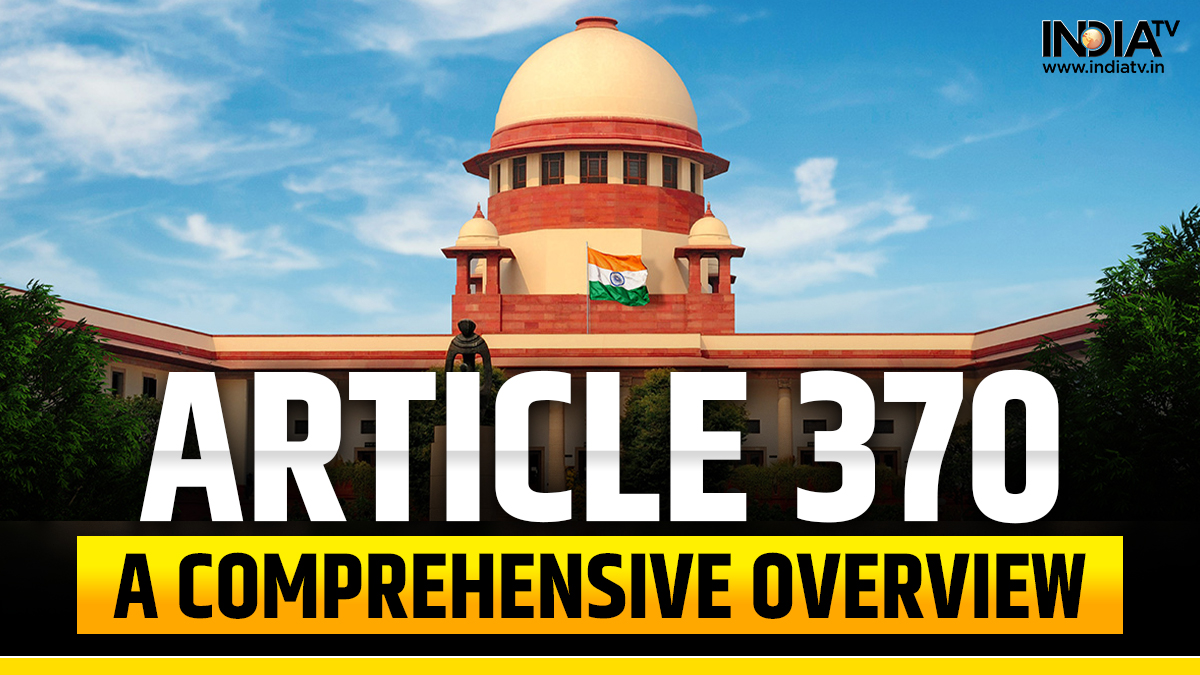Article 370, a constitutional provision bestowing special status on Jammu and Kashmir, has undergone a complex and transformative journey. Initially envisioned as a temporary measure, it shaped the legislative landscape, setting the stage for nuanced interactions between the central government and the state.
Incorporated in Part XXI of the Constitution, Article 370 delineates the unique status of Jammu and Kashmir. Contrary to a conventional constitutional relationship, it restricted Parliament's legislative powers concerning the state. This distinct provision was projected as temporary, lasting until the formulation and adoption of the state's constitution.
Erosion over time
Pandit Nehru's acknowledgement in 1963 and Home Minister Gulzari Lal Nanda's remarks in 1964 marked early signs of Article 370's erosion. The process was initiated in 1950 with the Constitutional Application Order and evolved through dialogues, culminating in the 1952 Delhi Agreement.
Delving into the constitutional orders
The Constitutional Application Order empowered the President to issue orders for applying Indian constitutional provisions to J&K. These orders spanned diverse subjects, from parliamentary jurisdiction to emergency powers, reflecting the evolving dynamics between the central government and the state.
Renaming and weakening
In 1954, the Constitutional Application Order 1950 was renamed, initiating the first notable infringement on J&K's constitutional autonomy. This trajectory continued, leading to the Constitution (Application to J&K) Order, 2019, rendering Article 370 weaker after 70 years on the constitutional books.
Legal framework of Article 370
Article 370's legal framework stipulated that the President could issue orders for the application of constitutional provisions with modifications. The Supreme Court upheld this power in cases such as P. L. Lakhanpal vs. the State of J&K.
Status of Article 35-A
The August 5 Presidential Order extended all constitutional provisions to Kashmir, impacting Article 35-A. The Fundamental Rights chapter's expansion prompted a reconsideration of discriminatory provisions, subject to the President's declaration.
Political necessity and reorganisation
The Modi government's reorganisation of Kashmir's political status addresses historical complexities inherited from the colonial era. It charts a new policy template, emphasising the need for political reconciliation within Kashmir and encouraging the Pakistani army to embrace stability and peaceful coexistence.
Challenges and criticisms
The process of revoking Article 370 raised concerns about due process, especially regarding the absence of J&K's Constituent Assembly and consultations with political leaders. Bifurcation and downgrading statehood without assembly deliberations highlighted potential strains on India's federal system, parliamentary democracy, and social fabric.

